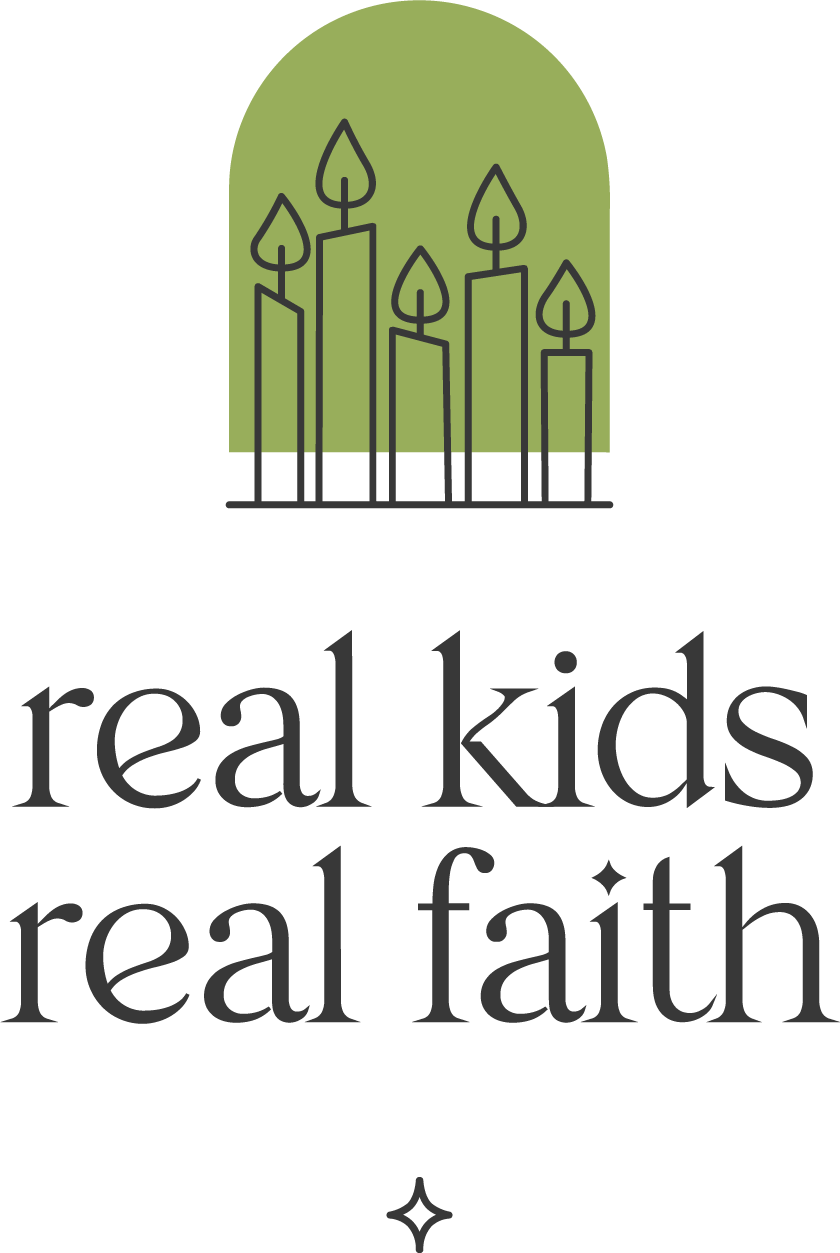Hobgoblins, witches, and ghosts are staples of Halloween, celebrated with glee by children throughout North America. But families of Latin American descent often combine their trick-or-treating with the festivities of an adjacent holiday: Día de Los Muertos (Day of the Dead). Observed November 1 and 2, it provides an opportunity for families to honor their ancestors.
Many aspects of Día de Los Muertos overlap with Halloween customs. Participants paint their faces, dress up in costumes, partake of sweets, and tell stories. But the purpose of these activities differs. Instead of trying to scare each other, Day of the Dead celebrants remember family members who have died and lift up the gifts those persons shared with them in life.
Día de Los Muertos is also a time for making fun of death in order to reduce anxiety about dying. Colorful face paint makes death look beautiful, and silly skeleton toys and parade floats generate laughs instead of tears. The holiday invites adults and children to see death as just another part of life.
Tap into the spirit of Día de Los Muertos with one or more of these activities.
Cemetery picnic. It’s customary to eat a festive meal near the burial places of deceased family members. Pack a picnic tote full of tasty treats and head either to a place where some of your ancestors are buried or (if they’re not nearby) a local cemetery. Spread a blanket and take turns telling stories about those who have died while enjoying your snacks.
Skull paint. Face paint is a big part of the holiday, as adults and children make themselves up to look like skeletons. Cover your faces in white face paint base and add bright colored flowers, stick-on jewels, and dark lines around your eyes to resemble a skull. Or make (purchase) candy sugar skulls and decorate them with edible paint and candies.
Remembrance ofrenda. Many families create an ofrenda (altar) containing photos and other mementos of the deceased, as well as candles and skull decorations. Invite children to help you collect photos or draw pictures of what they remember about loved ones who have died. Place the photos and/or drawings on a table and light candles in memory of the dead.
Calaca play. Calaca are skeleton decorations used to make fun of death. Pretend to be silly skeletons dancing around a room or jumping and skipping outdoors. Strike funny poses with your arms and legs hanging awkwardly. Or play a game of skeleton freeze tag, where those who are caught have to lay down like a silly calaca.
Sweet treats. Feasting is central to Día de Los Muertos because meals are often a big part of extended family life. Bake (or buy) plain sugar cookies and invite children to decorate them with skulls and skeletons using icing, sprinkles, and colored sugar. Then encourage children to gobble up these ‘death’ treats as a sign that they will not let death frighten them.

Comments